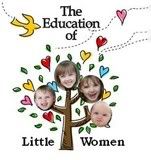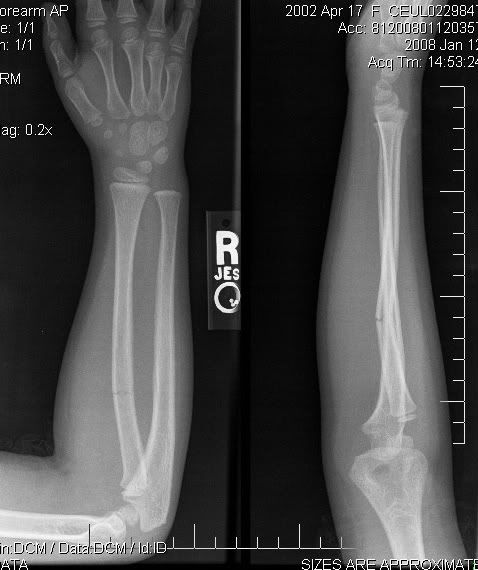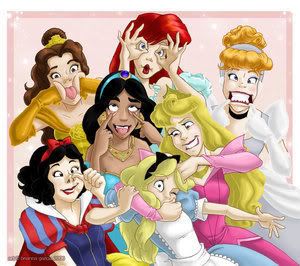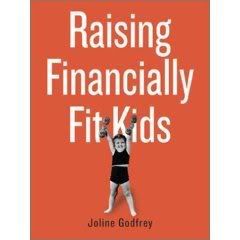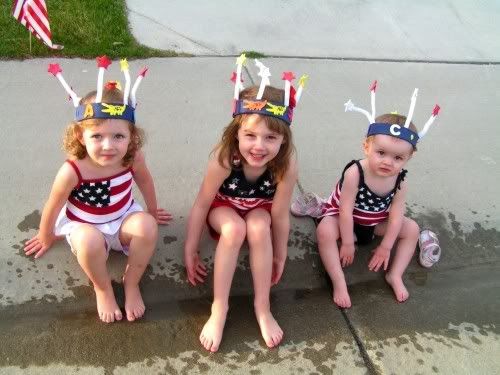Lesson Plan: Thanksgiving Math
Lesson: Thanksgiving Math
Ages: 6-15 (by varying the difficulty)
Materials: Printable Worksheet, Grocery store circulars/trip to the grocery store, Play Money (optional), Math Manipulatives (optional)
Concepts: Money math, Multiplication (quantity X amount), Comparison shopping, Calculating Tax (older children), Money management, Charitable giving
Increasing the difficulty: Increase the difficulty by having the child calculate tax, reducing the budget ($150, for example), shopping at only ONE store (deciding among brands), calculating actual servings from the nutrition information from the label and buy as close to 12 servings as possible, calculate total calories per person if one person ate all of the items on the menu (the exception being only one or two desserts instead of 4, like ours)
This lesson has been adapted from THIS LESSON.
Instruction: The students will have $200 to buy enough groceries to feed 12 people for a Thanksgiving feast. The child can look through the circulars (or take a trip to the grocery store) to choose the food for the feast and record the cost on the worksheet. For the older children, have them run the balance as they go, calculating actual dollars and cents and adding in the local tax rate (if any) on groceries at the end. For the younger children, rounding will be more helpful. For both groups, it's helpful to also use the play money to "pay the grocery store." This will allow the children to check their work on the datasheet, comparing the money spent and the subtraction.
Remember, this is a feast for 12! Help your students understand servings and quantities.

Update: We completed this activity in 2 hours. The 6.5 year old did all of the writing and math and our 4.5 and 3 year olds chose the food from the circulars.
Tips: Our 6.5 year old had some difficulty remembering the concept of the hundreds, tens and ones and applying them to whole dollars (for this activity, we rounded; for older children, I would definitely have them calculate cents and even tax rates). To help, we used the Math-U-See manipulatives to subtract as we calculated. Once she could visualize the numbers, it was easy for her. The girls did a great job finding the 'greatest bargain' from the circulars this week.
To check our work, we compared our totals to the money totals (we used monopoly money). We were actually $1 off and figured out that somewhere along the way $1 was confused (probably among the mess of circulars and manipulatives around the table).
From the balance sheet (the running substraction) our 6.5 year old calculated the money we spent: $200-balance=spent. We bought turkey, potatoes, carrots, broccoli, 2 shrimp ring appetizers, stuffing, sparkling lemonade, and pineapple salad ingredients for a grand total of $114.
What to do with the money left over? Maisie decided to buy 12 dinners for the homeless through the Denver Rescue mission ($1.92 per meal, total of $24 rounded up--which we will actually donate). The remaining $62 (she calculated as well) will be put in savings.
We also determined that it cost us $9.50 per person for our Thanksgiving meal. The Denver Rescue Mission provides a meal for $1.92. Maisie was amazed at how much better the Denver Rescue mission is at providing low cost food. :)




